众所周知,2024年9月微软正式宣布了 .NET Core App 的 UWP 支持,至此我们终于可以在新版 csproj 用 .NET 8 及以上编写 UWP 了,那么我们可不可以通过修改清单的方式来让 UWP 变成 UAP 呢?
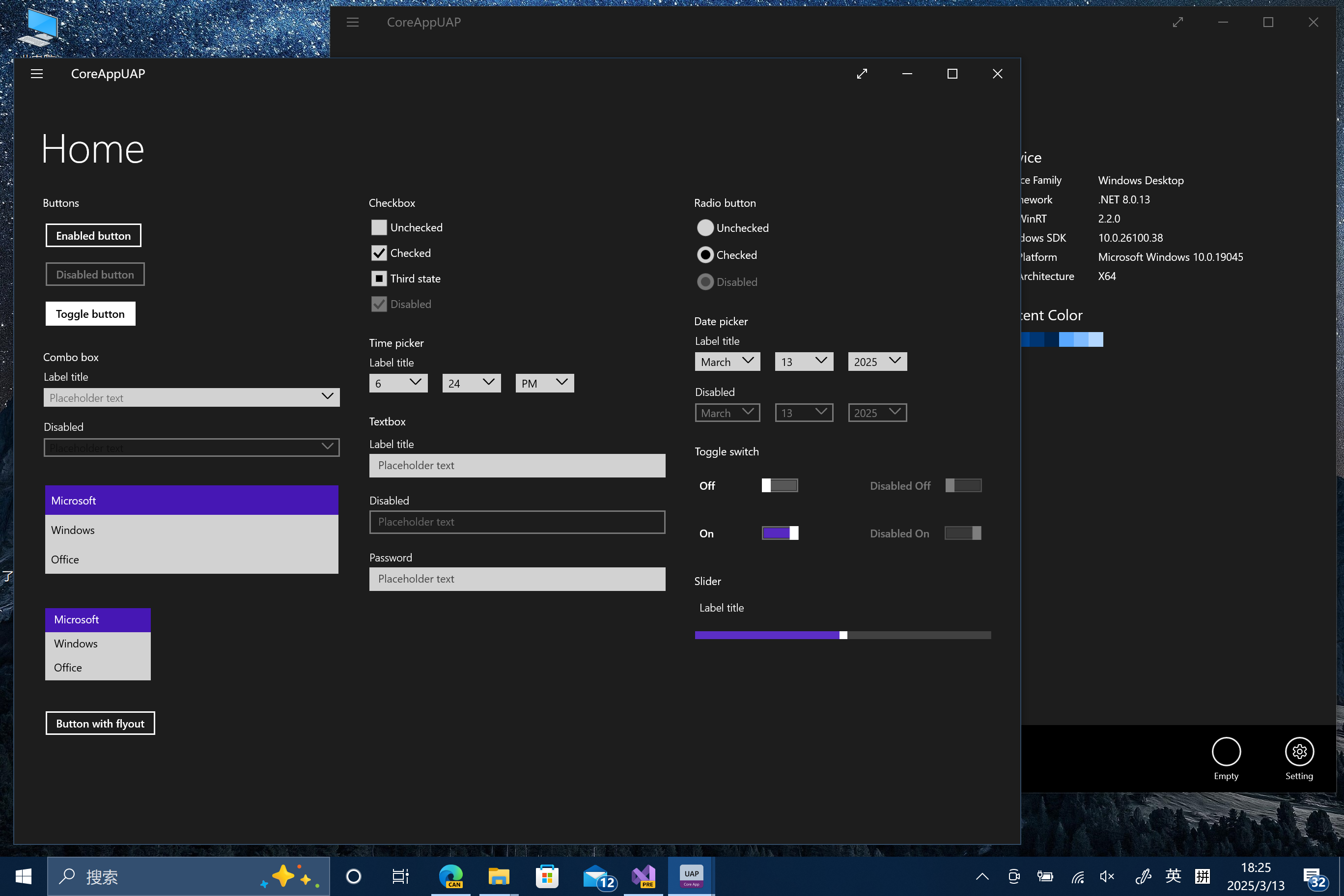
UWP 和 UAP 使用的是同一套 WinRT API ,Windows 区分 UAP 和 UWP 的方式是看清单,只要是用 UAP 的清单就会仿真成 Win8.1 模式,于是我们只需要将清单变成 UAP 的样子就行了。所以首先我们新建一个 .NET 9 Native AOT 的 UWP 项目
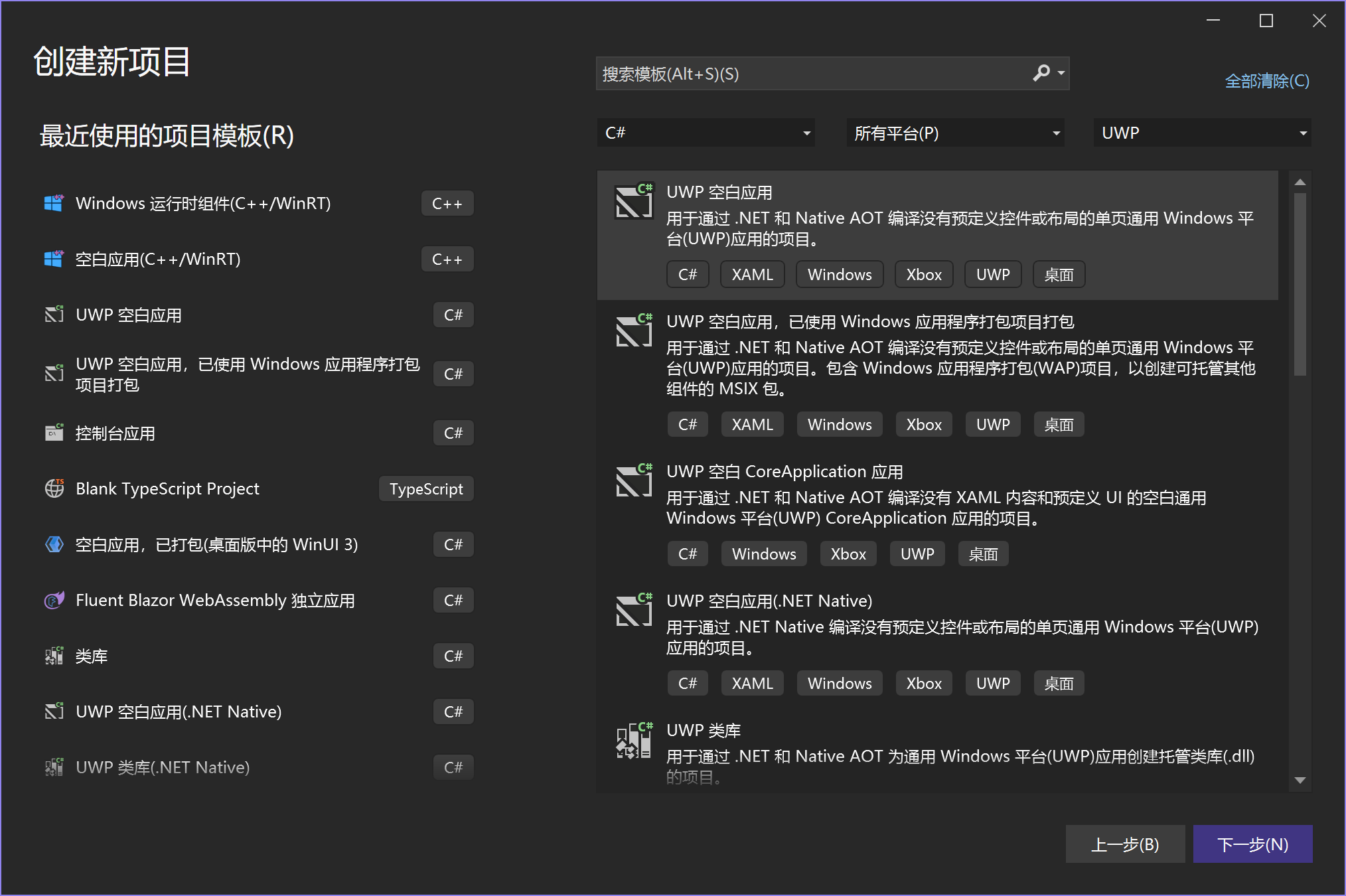
然后我们修改清单,Win8 App 清单如下,内容按需填写,Win8.1 App 的清单可以通过在 Github 搜索OSMaxVersionTested language:XML找到,6.2是 Win8,6.3是 Win8.1 ($targetentrypoint$需配合 ApplicationEntryPoint使用)
<?xml version="1.0" encoding="utf-8"?>
<Package xmlns="http://schemas.microsoft.com/appx/2010/manifest">
<Identity
Name="wherewhere.CoreAppUAP"
Publisher="CN=where"
Version="0.0.1.0" />
<Properties>
<DisplayName>CoreAppUAP</DisplayName>
<PublisherDisplayName>wherewhere</PublisherDisplayName>
<Logo>Assets\StoreLogo.png</Logo>
</Properties>
<Prerequisites>
<OSMinVersion>6.2.0</OSMinVersion>
<OSMaxVersionTested>6.3.0</OSMaxVersionTested>
</Prerequisites>
<Resources>
<Resource Language="x-generate"/>
</Resources>
<Applications>
<Application Id="App"
Executable="$targetnametoken$.exe"
EntryPoint="$targetentrypoint$">
<VisualElements
DisplayName="CoreAppUAP"
Logo="Assets\MediumTile.png"
SmallLogo="Assets\AppIcon.png"
Description="CoreAppUAP"
ForegroundText="light"
BackgroundColor="transparent">
<DefaultTile WideLogo="Assets\WideTile.png"/>
<SplashScreen Image="Assets\SplashScreen.png"/>
<InitialRotationPreference>
<Rotation Preference="landscape"/>
<Rotation Preference="portrait"/>
<Rotation Preference="landscapeFlipped"/>
<Rotation Preference="portraitFlipped"/>
</InitialRotationPreference>
<LockScreen Notification="badgeAndTileText" BadgeLogo="Assets\BadgeLogo.png"/>
</VisualElements>
</Application>
</Applications>
<Capabilities>
<Capability Name="internetClient" />
</Capabilities>
</Package>然后我们在csproj中添加以下内容来取消引用VC++和TargetDeviceFamily
<PropertyGroup>
<AddMicrosoftVCLibsSDKReference>False</AddMicrosoftVCLibsSDKReference>
<EnableAppxWindowsUniversalTargetDeviceFamilyItem>False</EnableAppxWindowsUniversalTargetDeviceFamilyItem>
</PropertyGroup>不过删除了这些引用仍然会在清单生成Dependencies标签,如果Dependencies是空的注册时会报错,所以我们需要添加任务来删除清单中的Dependencies元素
<UsingTask
TaskName="RemoveDependencies"
TaskFactory="CodeTaskFactory"
AssemblyFile="$(MSBuildToolsPath)\Microsoft.Build.Tasks.Core.dll">
<ParameterGroup>
<AppxManifestPath ParameterType="System.String" Required="true" />
</ParameterGroup>
<Task>
<Reference Include="System.Xml" />
<Reference Include="System.Xml.Linq" />
<Using Namespace="System.Linq" />
<Using Namespace="System.Xml.Linq" />
<Code Type="Fragment" Language="cs">
<![CDATA[
try
{
var xdoc = XDocument.Load(AppxManifestPath);
var ns = xdoc.Root.Name.Namespace;
var dependencies = xdoc.Root.Descendants(ns + "Dependencies");
if (dependencies != null)
{
foreach (var node in dependencies.ToArray())
{
if (!node.HasElements)
{
node.Remove();
}
}
}
xdoc.Save(AppxManifestPath);
}
catch
{
Log.LogError("Failed to load Appx Manifest.");
_Success = false;
}
]]>
</Code>
</Task>
</UsingTask>
<Target
Name="RemoveDependencies"
AfterTargets="AfterGenerateAppxManifest">
<Message Importance="high" Text="RemoveDependencies" />
<RemoveDependencies AppxManifestPath="%(FinalAppxManifest.Identity)" />
</Target>由于 XAML 编译器编译App.xaml时生成的入口点会使用DispatcherQueueSynchronizationContext来注册线程上下文,这是16299才加入的 API,UAP 在获取DispatcherQueue时会返回null,所以我们需要手动生成入口点和注册线程上下文
首先我们需要添加DISABLE_XAML_GENERATED_MAIN来注释自动生成的入口点
<DefineConstants>$(DefineConstants);DISABLE_XAML_GENERATED_MAIN</DefineConstants>然后手动编写程序入口点
public static class Program
{
public static void Main(string[] args) => Application.Start(static p => _ = new App());
}接着我们需要手动创建一个使用CoreDispatcher的线程上下文
/// <summary>
/// Provides a synchronization context for <see cref="CoreDispatcher"/>.
/// </summary>
/// <param name="dispatcher">The <see cref="CoreDispatcher"/> to associate this <see cref="CoreDispatcherSynchronizationContext"/> with.</param>
public sealed class CoreDispatcherSynchronizationContext(CoreDispatcher dispatcher) : SynchronizationContext
{
/// <inheritdoc />
public override void Post(SendOrPostCallback d, object? state)
{
ArgumentNullException.ThrowIfNull(d);
_ = dispatcher.RunAsync(CoreDispatcherPriority.Normal, () => d.Invoke(state));
}
/// <inheritdoc />
public override SynchronizationContext CreateCopy() => new CoreDispatcherSynchronizationContext(dispatcher);
/// <inheritdoc />
public override void Send(SendOrPostCallback d, object? state) => throw new NotSupportedException("'SynchronizationContext.Send' is not supported.");
}并在合适的时间注册线程上下文,比如OnWindowCreated
protected override void OnWindowCreated(WindowCreatedEventArgs e)
{
if (SynchronizationContext.Current == null)
{
CoreDispatcherSynchronizationContext context = new(e.Window.Dispatcher);
SynchronizationContext.SetSynchronizationContext(context);
}
base.OnWindowCreated(e);
}然后就可以点运行运行了
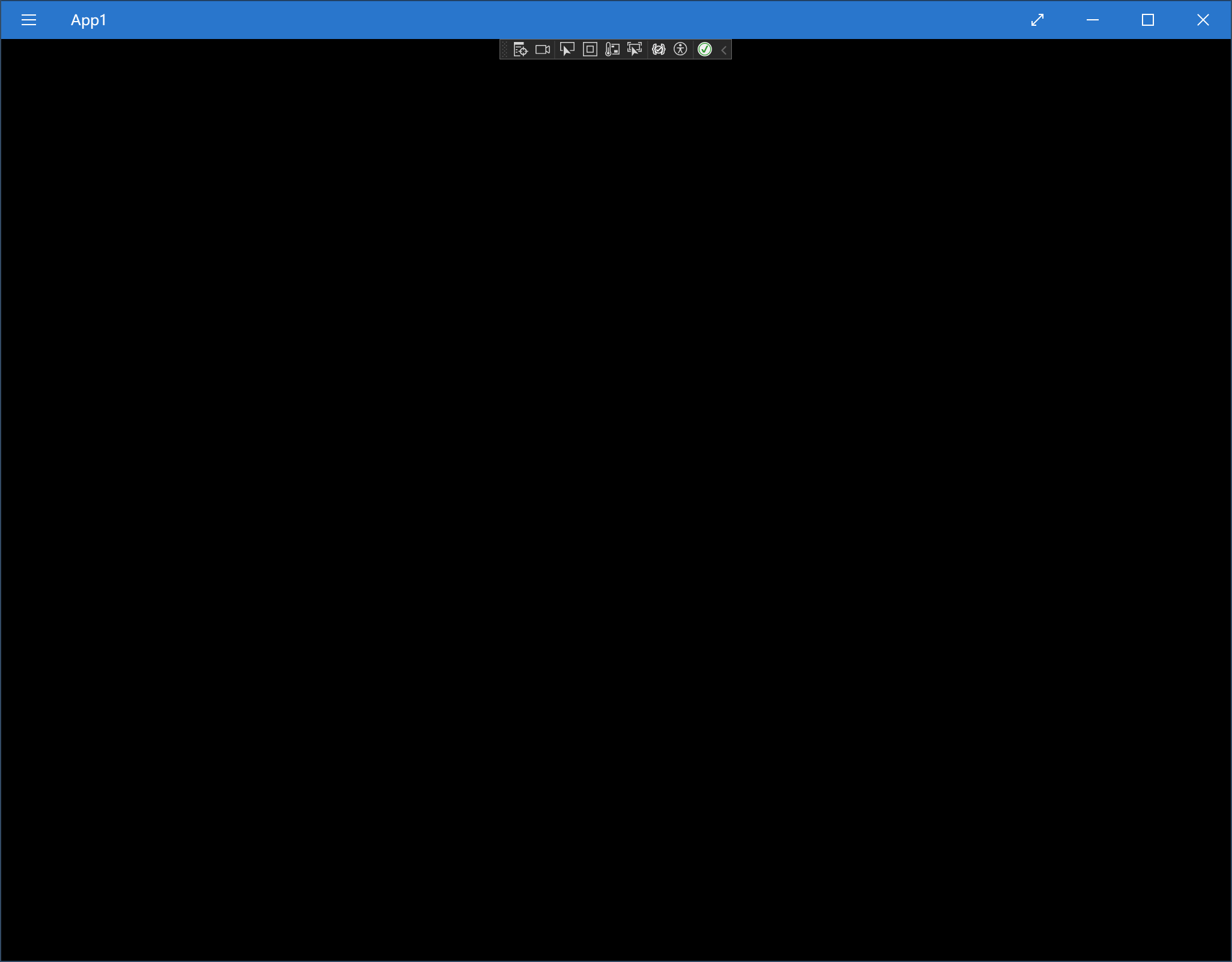
经测试,热重载等调试功能正常,UAP 可以调用一些与 UI 无关的新 WinRT API,甚至可以扩展标题栏,不过打包后无法成功在 Win8.1 安装,原因未知
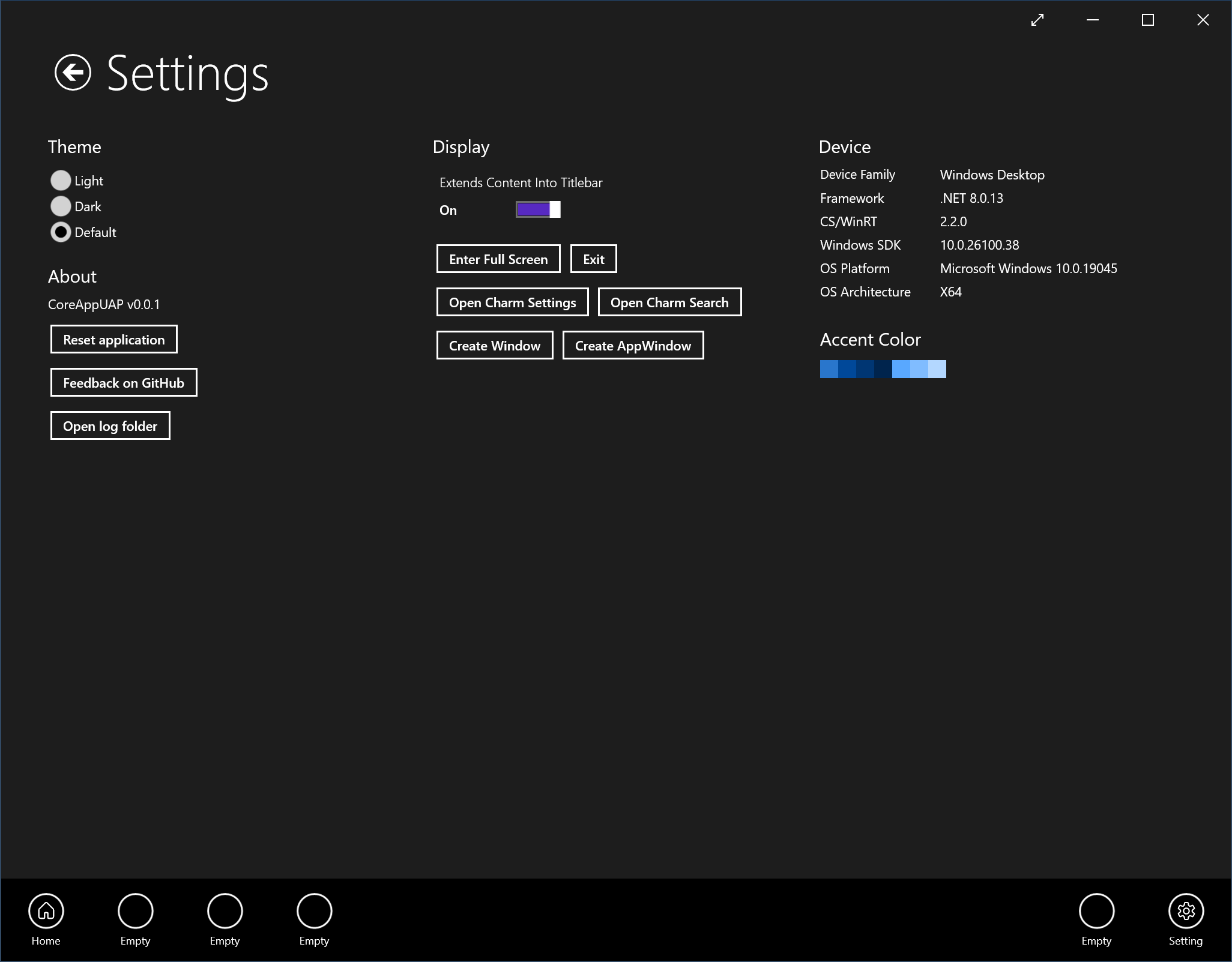
最后附上示例应用:https://github.com/wherewhere/CoreAppUAP
来源链接:https://www.cnblogs.com/wherewhere/p/18770443
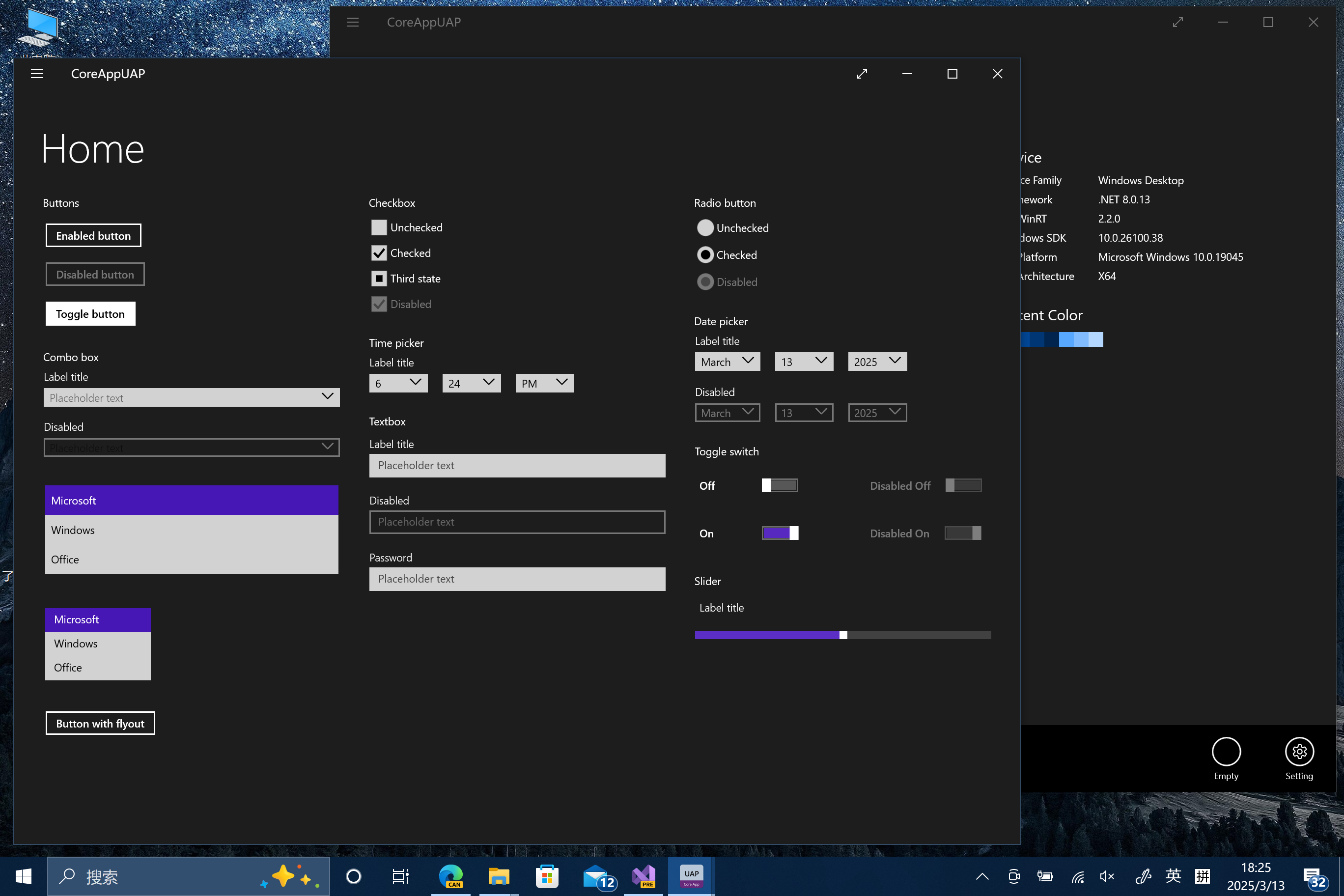



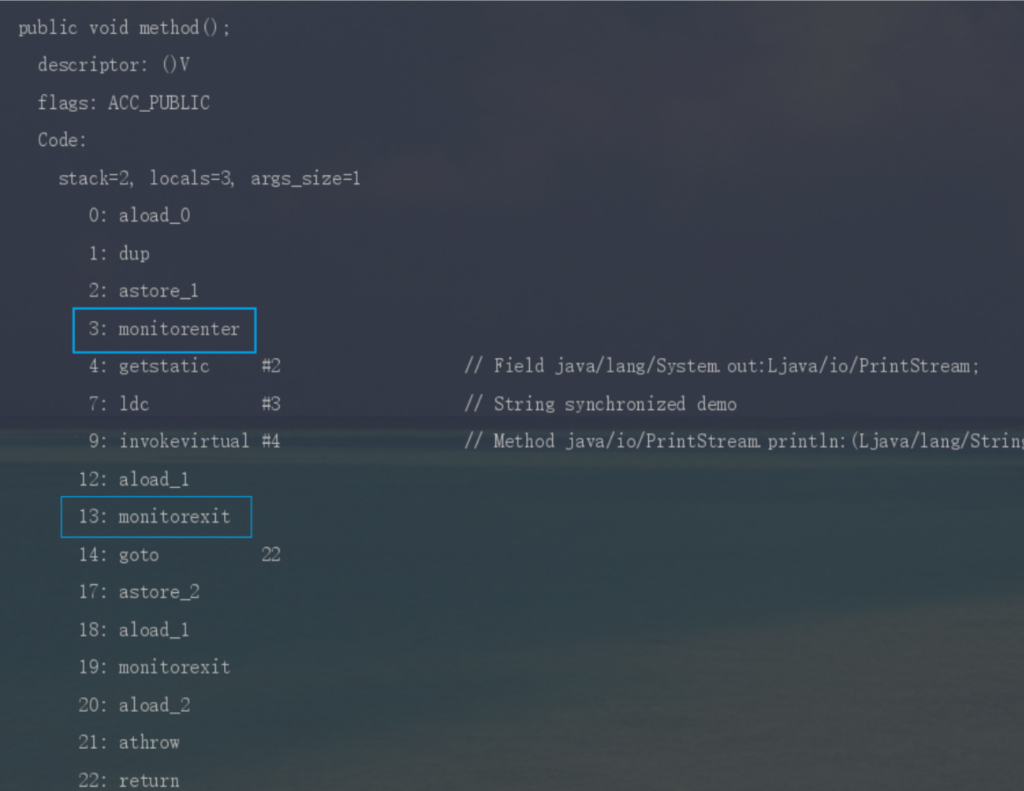
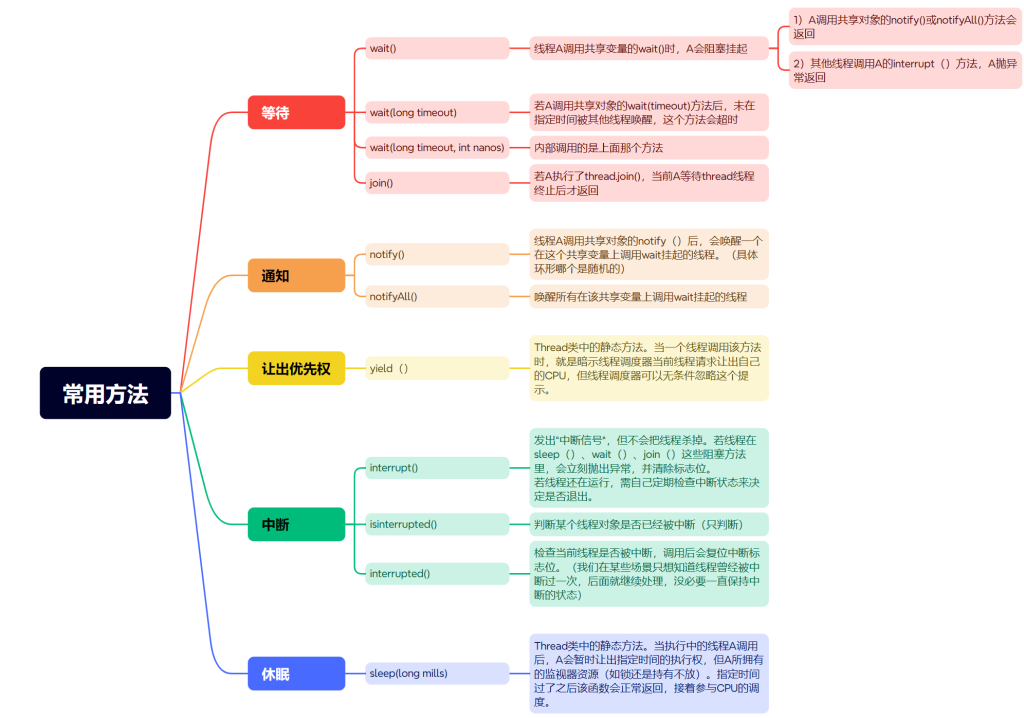
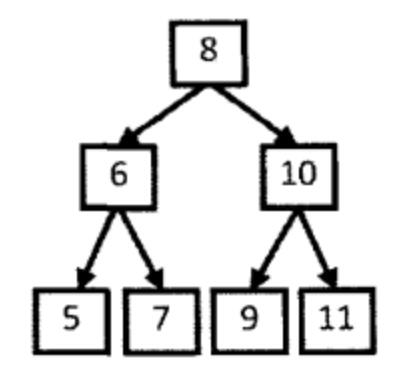
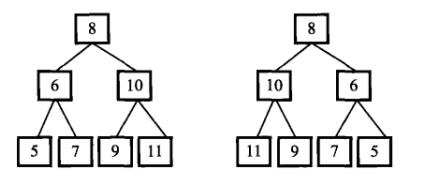

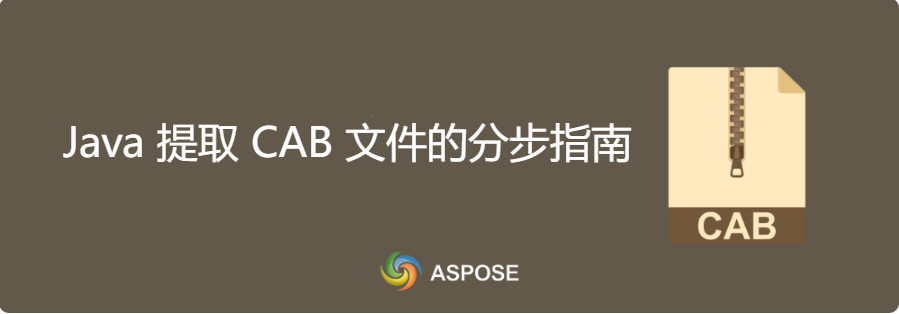
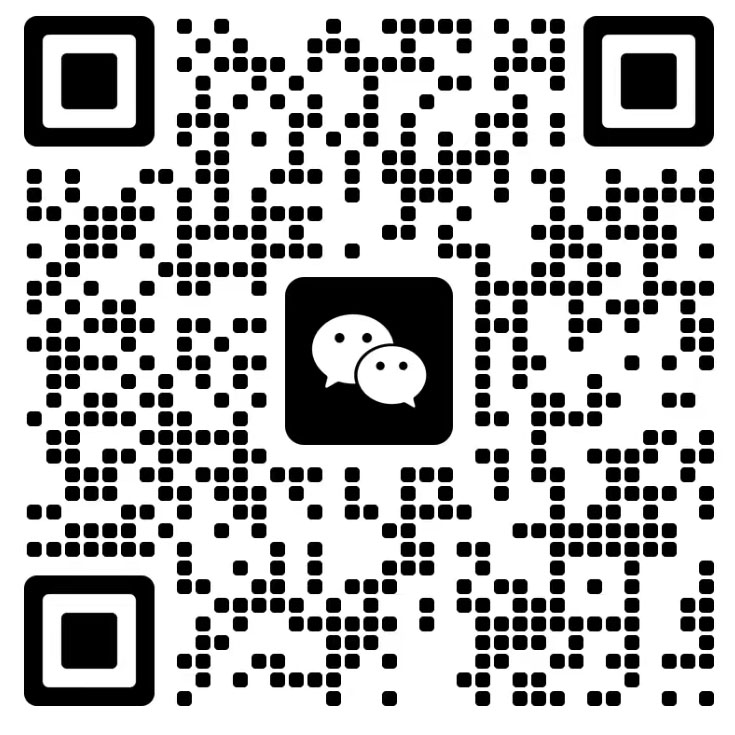
没有回复内容